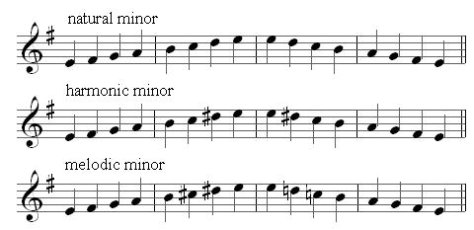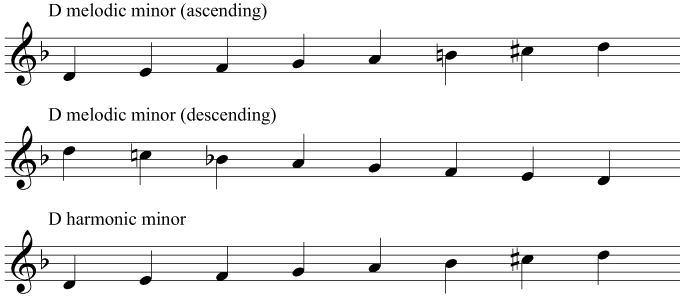
The more you change things up, the better your grasp. Don't always start on the first scale degree. Every day, change the actual starting note. One day use the root c and play all your scales from there and make a mental note how scales are different. If you really try to dissect each scale degree of the chord, which scale degree is the soprano not of the chord, which notes have common tones with different chords.Īlso change the order in how you play them. People tend to just go thru the motions when practicing scales in that manner. Try practicing scales in relation to the given key by using chords to get a feeling of the scale being supported by different chords. So F is the relative major of D minor and D is the relative minor of F major.Just a little advice. Here’s another example: F major and D minor have the same key signature: that of one flat. In other words, G is the relative major of E minor and E is the relative minor of G major.

For example G major and E minor share the key signature of 1 sharp so they are ‘relative keys’.


What is a relative major or minor key? Relative major or minor key is the key that shares the same key signature. Another example: The keys of D major and D minor are also parallel keys because their tonic is the note D. For example the keys of C major and C minor are parallel keys because their tonic is the note C. What is a parallel major or minor key? Parallel keys are keys that share the same tonic note.
#Harmonic vs melodic minor scales full
Read the full lesson about recognizing major vs. How can you tell whether a piece is in a major or minor key? Apart from the key signature, look at what notes are being used and how. The 3 minor scales are one and the same minor key. Any sharps, naturals or flats that are needed are written with the notes they belong to and not with the key signature. The only chord that never changes, in fact, is the tonic itself.ĭo the three different types of minor scales use the same key signature? Yes! Since the three forms of minor scales are simple variations of each other, they use the same key signature. Notice that because of the possible alterations of the 6th and 7th degrees, we also get several possibilities in creating chords. First the scales and then with the triads built on them. Just for another example, here they are in G.

On its way back down, it reverts back to the normal state (like the natural minor). The melodic minor scale has both the 6th and 7th sharpened for a smooth (and convincing) ascent to the tonic.The harmonic minor scale has the 7th sharpened to create a leading tone.All 7 notes remain just as they are in the key signature. The natural minor scale is the equivalent of the Aeolian mode.The natural minor, the harmonic minor and the melodic minor. So in the melodic minor we get the 6th and 7th degrees sharpened on the way up, but back to their normal state on the way down: Melodic minor scale on A: 6th and 7th are sharpened on the way up and natural on the way down.Īnd that’s why we get 3 minor scales. And this is why the ascending form of the melodic minor scale is necessary.Īll this becomes irrelevant in the descending form of the melodic minor scale because in this case we’re not moving towards the tonic but away from it. This produces a smoother melody leading up to that tonic in bar 4. The 6th and 7th degrees of the scale are sharpened for a smoother melody.


 0 kommentar(er)
0 kommentar(er)
